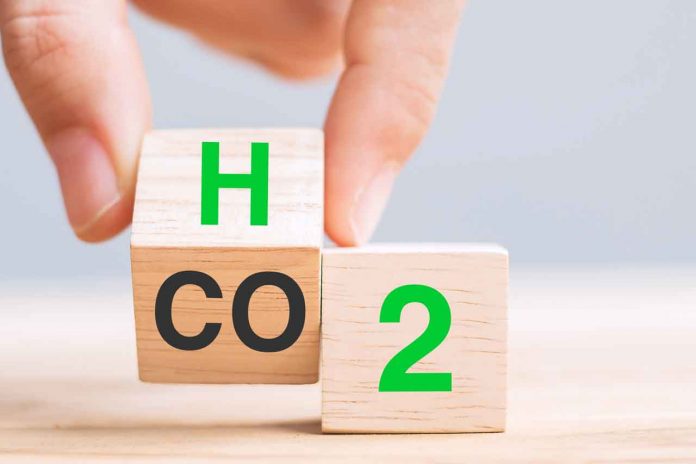Fuel cell electric vehicles, Li-ion battery-powered cars, and carbon dioxide removal strategies all work to lessen CO2‘s effects on the planet. IDTechEx has a multitude of sustainability reports that give outlooks on the shared efforts of various sectors to reduce CO2 emissions in the air, to promote a cleaner way forward.
Fuel cell electric vehicles
Car emissions have been responsible for polluting air in built-up areas for years, but with the emergence of fuel cell and electric vehicles there is hope for reversing these effects. Fuel cells work by converting hydrogen and oxygen to electricity. They could provide longer ranges for cars and have the potential to carry a greater weight inside compared to battery-powered vehicles. They are also much better for the environment by stopping harmful fumes from being emitted as the car runs. Cars could be filled up much the same way they always have been at a gas station, but it will be much more costly initially as the costs of infrastructure and development will make hydrogen more expensive than regular petrol or diesel. IDTechEx’s report, “Fuel Cell Electric Vehicles 2024-2044: Markets, Technologies, and Forecasts“, goes into further detail.
In the future, fuel cell-powered lorries and vans offer even greater emission savings and environmental benefits. The size of these vehicles and their high rates of usage make them significant GHG contributors. But more hydrogen fuel cell vehicles on the road will necessitate higher rates of hydrogen production. The UK is aiming for 5GW of installed green hydrogen capacity by 2030, alongside 1 million tonnes of blue hydrogen capacity per annum.
Climate drivers for EVs
Climate change and regulation pressure were huge driving factors in the development of electric vehicles and, subsequently, their large batteries. Where combustion engines lead to global warming and greenhouse gas emissions, EVs run with zero emissions at point of use, while also benefitting from fast charging, with lower costs than refueling with gas.
Achieving zero emissions still needs to be done safely, which is why solid-state batteries are being developed to replace liquid electrolyte, which is far more flammable, and can also provide even longer run times, although EVs will catch fire less than petrol and diesel cars.
Storing energy in a clean way is another goal for the battery industry, with transparency being of the utmost importance, further benefitting the environment and reassuring electric vehicle customers with motivations to drive cars that can make a difference. See the IDTechEx report “Li-ion Batteries and Battery Management Systems for Electric Vehicles 2024-2034” for more details.
Direct air capture and CO2 removal
A more targeted approach to help with the issue of excess CO2 in the atmosphere is to directly remove it. DACCS (Direct Air Capture with Carbon Storage) is a technique in which large quantities of air are pushed through a filter that separates the CO2. The gas is then stored permanently in dedicated underground geological storage or in CO2-derived concrete. IDTechEx forecasts that this method will be responsible for removing over 221 Mt CO2 per year by 2044.
Natural approaches will remain vital. Replanting trees and reducing forestation are other ways that will help remove excess CO2 and are achievable at large scales, although the effects may not be as long-lasting or reliable.
The ocean is another natural carbon sink that can be enhanced to effectively reduce CO2 from the atmosphere. Methods such as direct ocean capture have shown results more quickly than others, so are promising for the future.
IDTechEx’s research portfolio demonstrates how many technological industries are contributing to lessening the effects of carbon dioxide in the atmosphere. Hydrogen is not just great for cars, but investing in infrastructure offers long-term energy security for economies due to its renewability and effectiveness. Electric vehicles are starting to reduce the impact of driving on the environment, and carbon capture methods provide a solution for addressing some of the damage already done. Sustainability being a shared goal across technological sectors, from the automotive industry to carbon removal companies, provides hope for a cleaner future.






